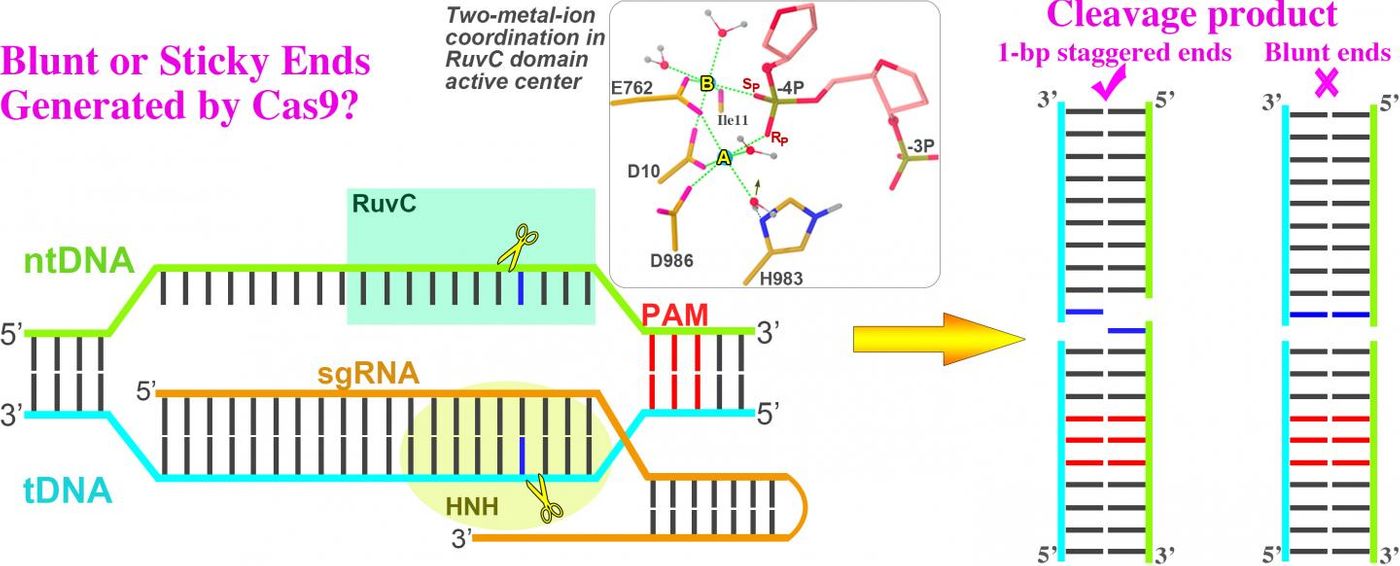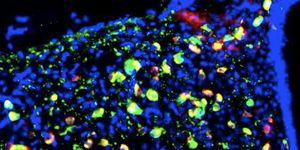CRISPR Can Now Edit Genes Outside of the Cell
The CRISPR/Cas9 gene-editing tool was made from an immune defense system used by bacteria. Since it was invented, a variety of modifications have been made to the technique to tweak and perfect it. Scientists have recently made a change so that now, DNA can be extracted from a human sample, and edits can be made to that DNA inside of a tube. According to the creators, this “cell-free” tool could be very useful in diagnosing patients. The exact mutations carried by a cancer patient could be replicated, for example, so that the ideal therapeutic could be identified in the lab, without having to test drugs randomly on people, searching for the best one.
The work, by scientists at Christiana Care Health System's Gene Editing Institute has been published in the CRISPR Journal.
"With this new advance, we should be able to work with laboratory cultures and accomplish gene edits in less than a day, significantly reducing the time required for diagnostics compared to other CRISPR tools, and with much greater precision," said principal study author Eric Kmiec, Ph.D., director of the Gene Editing Institute. "This is particularly important for diagnostics linked to cancer care where time is critical."
CRISPR is typically applied to make small edits, but Kmiec believes this new tool can help make big changes, like the addition or removal of entire genes. While some diseases trace back to single base changes in one gene, others are due to a complex interplay of the expression of multiple genes. In that instance, such a tool might be very useful.
Plasmids, small pieces of DNA that exist independently of a genome, could also be modified with this tool.
It utilizes a protein, Cpf1 (also called Cas12a), to act as a kind of scissors that can cut DNA. Cas9 is the enzyme that is usually used with CRISPR, but other gene-cutting enzymes are being explored. Cas9 does not do well in a cell-free environment, the researchers noted. However, Cas12a was able to do the job of plasmid edits well.
"It could be that there is something within the very complex machinery of a cell that allows the Cas9 enzyme to more easily accomplish deletions and insertions," said lead author Brett Sansbury. "But it performed very poorly in our cell-free extracts."
When the Cas9 scissors snip DNA, they make a clean cut, producing so-called blunt ends. Cpf1, or Cas12a, cuts so the ends are uneven, or sticky (as shown in the picture below). Those blunt ends may make it more difficult to insert new material, said Sansbury, and the sticky ends may be better for this approach.
Now the Gene Editing Institute is using CRISPR/Cpf1 to improve cancer diagnostics, and potentially create a kind of CRISPR-on-a-chip.
"The speed at which you see our discovery moving from the bench to the bedside is unprecedented but not unanticipated," said Nicholas Petrelli, M.D., FACS, Bank of America endowed medical director of the Helen F. Graham Cancer Center & Research Institute at Christiana Care. "The Gene Editing Institute exists within a community hospital system where we are committed to a patient-first approach to biomedical research. This major advance in CRISPR-assisted gene editing was accomplished with the support from the BIRD Foundation, which wants to see a commercial partner on board from the beginning to ensure that any discoveries will quickly benefit patients."
While this tool is indeed useful for diagnostic tests, Sansbury and Kmiec have noted that CRISPR-Cpf1 tool hasn't been evaluated for use in patients or animals, yet. They said that the technique can reveal more, however, about the exact details of CRISPR’s mode of action.
"When you're working with CRISPR inside a cell, you're kind of working in a black box where you can't really observe the gears of the machinery that are doing these amazing things," Kmiec said. "You can see the results, the edits to the genes, but not necessarily how you got there, which is important for ensuring that CRISPR can be safely used to treat patients."
"The Gene Editing Institute's cell-free CRISPR-Cpf1 system is yet another landmark CRISPR-related discovery to emerge from Christiana Care Health System," said Janice E. Nevin, M.D., MPH, Christiana Care president, and chief executive officer.
Other scientists have taken notice of the advantages presented by Cpf1 and how it can be used with CRISPR. Learn more from the video.
Sources: AAAS/Eurekalert! Via Burness, CRISPR Journal










